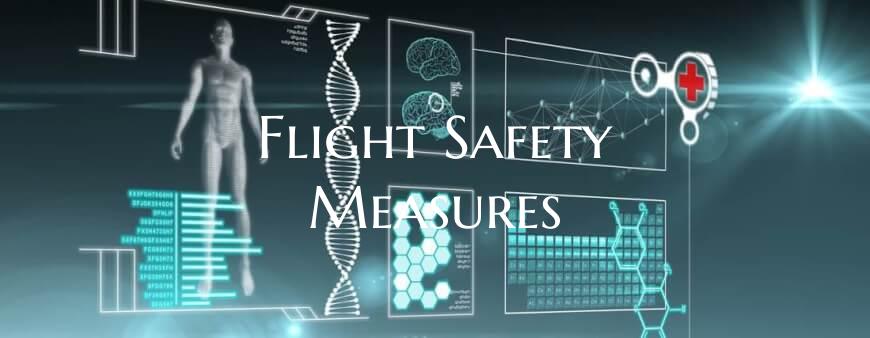Flight Safety Measures
Flight Safety Measures
Ensuring the safety of passengers and crew members aboard an aircraft is of utmost importance in the aviation industry. Flight safety measures encompass a wide range of protocols and procedures that are meticulously followed to prevent accidents and incidents. From pre-flight checks to emergency response plans, here are some key flight safety measures that are implemented to maintain the highest level of safety in aviation:
1. Pre-flight Inspections: Before each flight, aircraft undergo thorough inspections by trained maintenance personnel to ensure that all systems are functioning properly. This includes checking the engines, landing gear, control surfaces, and other critical components.
2. Crew Training and Qualifications: Pilots and cabin crew members undergo extensive training to handle various emergency situations and ensure the safety of passengers. They are required to regularly undergo refresher courses and proficiency checks to maintain their qualifications.
3. Weather Monitoring: Monitoring weather conditions is crucial for safe flight operations. Pilots are equipped with up-to-date weather information to make informed decisions about route planning and adjustments during the flight.
4. Air Traffic Control Communication: Communication between pilots and air traffic controllers is essential for the safe and efficient operation of flights. Pilots receive instructions, guidance, and updates from air traffic controllers to ensure proper spacing between aircraft and safe navigation.
5. Emergency Response Plans: Airlines have detailed emergency response plans in place to deal with potential emergencies such as engine malfunctions, medical emergencies, or severe weather conditions. Crew members are trained to follow these protocols to ensure the safety of all passengers.
6. Maintenance and Quality Assurance Programs: Airlines have rigorous maintenance schedules and quality assurance programs to ensure that aircraft are properly maintained and meet all regulatory requirements. Regular inspections and audits are conducted to identify and address any safety issues.
7. Safety Management Systems: Safety management systems (SMS) are implemented to proactively identify, assess, and mitigate risks within an organization. Airlines use SMS to continuously improve safety performance and prevent accidents.
8. Passenger Safety Briefings: Before takeoff, cabin crew members provide passengers with safety briefings that include information on emergency exits, oxygen masks, life vests, and other safety equipment. Passengers are also instructed on how to properly secure their seat belts and brace for impact if necessary.
By adhering to these flight safety measures and continuously improving safety practices, the aviation industry is able to maintain an exemplary safety record and ensure the well-being of all those onboard. Airlines and regulatory authorities work hand in hand to uphold the highest safety standards and mitigate risks in an ever-evolving aviation landscape.

